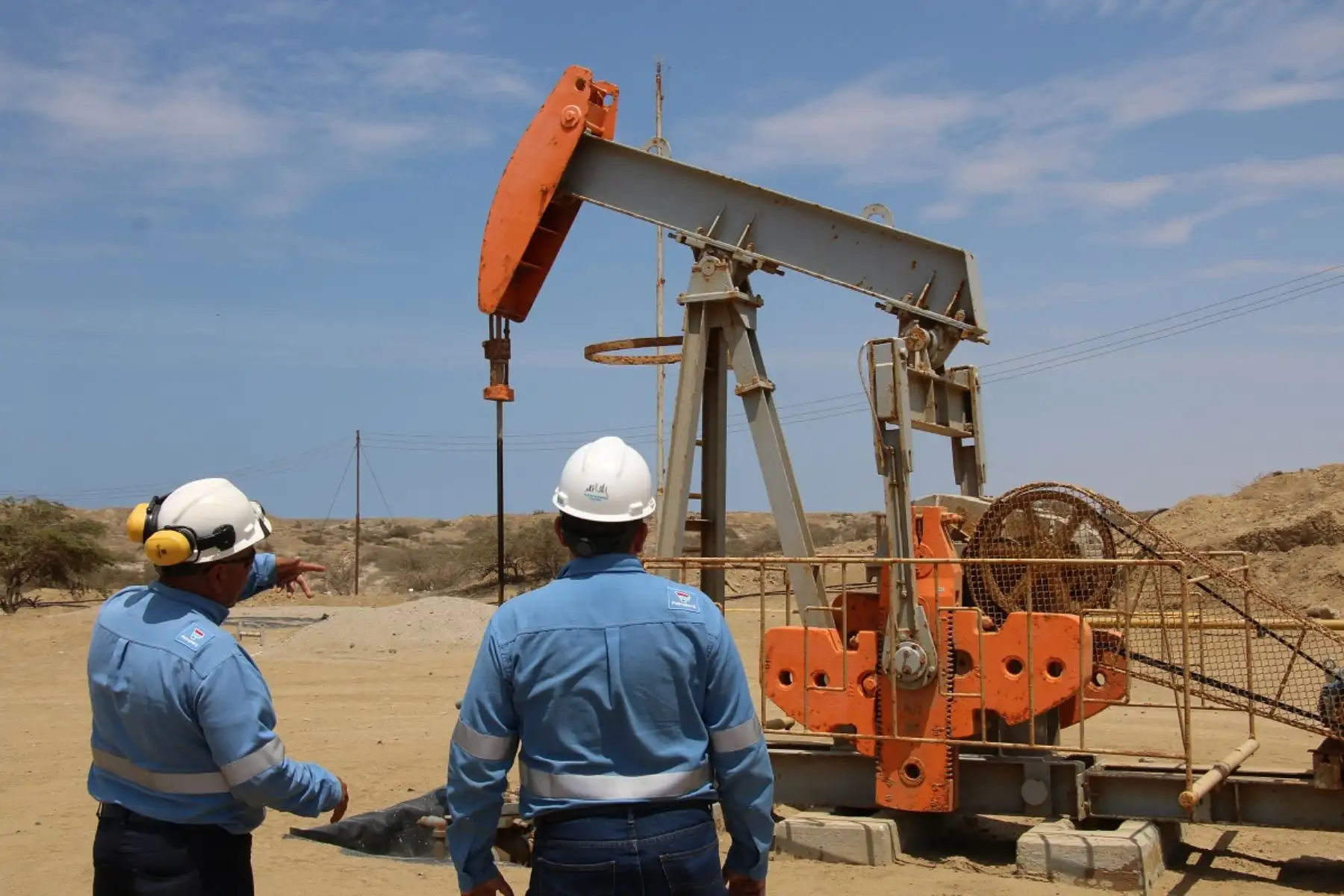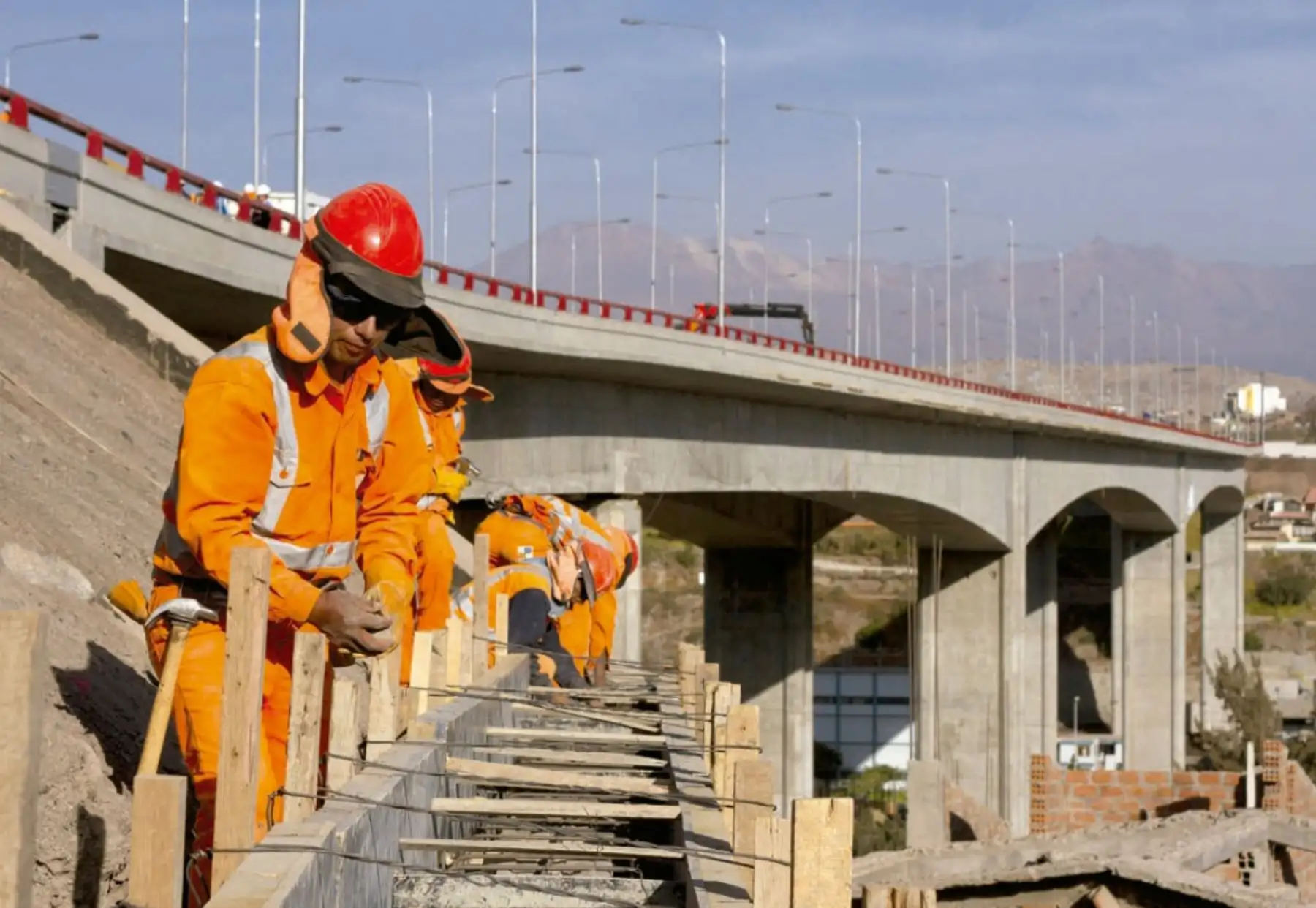Fitch Ratings, one of the three major global credit rating agencies has affirmed Peru's long-term foreign-currency issuer default rating (IDR) at 'BBB' with a stable outlook, and highlighted Peru’s robust external accounts, its inflation near lower band, and a fiscal consolidation which has gathered steam, led by strong revenues.
The Minister of Economy and Finance of Peru (MEF by its initials in Spanish), highlighted this Fitcht’s rating reaffirmation as a reflection of the country's macroeconomic strength, fiscal stability, and sound public finance management.
Fitch Ratings, in its rating action commentary issued yesterday indicated the key rating drivers.
First; explained: “Peru's ratings are supported by strong external liquidity, a record of macroeconomic stability and low public debt relative to peers”.
But, the ratings are constrained by weaker governance, modest per capita income and social indicators relative to 'BBB' medians, high commodity dependence and a low government revenue base.
About the political factor, Fitch said that Political uncertainty rose after Congress impeached and removed President Boluarte on Oct. 10.
“However, macroeconomic stability has remained broadly intact, supported by prudent monetary management, strong external buffers and solid growth”, highlighted the global credit rating agency.
“Fitch's baseline assumes that economic growth remains favorable and adherence to prudent fiscal policies under interim President Jose Jeri. But, uncertainties about policy direction could rise as campaigning intensifies ahead of the April 2026 elections”, added.
On the other hand Fitch noted the insecurity has grown over the past year and President Jeri declared a state of emergency in the capital to address the surge in violence, which has fueled protests and contributed to the recent presidential ouster.
Boluarte's impeachment underscores persistent executive legislative friction and Congress's growing dominance.
“Jeri named a technocratic cabinet and has pursued a bridgebuilding approach with civil society and the Congress, aiming to preserve macro policy continuity while prioritizing security”, pointed out Fitch.

Revenue led consolidation progresses
Fitch also said that the fiscal consolidation has gathered steam, led by strong revenues alongside moderate spending growth reflecting favorable economic activity, higher commodity prices and one-offs (extraordinary income tax regularization).
“Fitch estimates the general government (GG) deficit narrowing to 2.5% of GDP in 2025 from 3.6% in 2024, implying a slight miss of the deficit target of 2.2% for the Non-Financial Public Sector, for a third consecutive year. The government expects further consolidation to rely on tax administration and expenditure control. Preferential tax initiatives risk eroding the tax base, and much of the spending restraint is deferred to the next administration”, explained the global rating agency.
“Fitch assumes gradual consolidation will continue with a GG deficit of 2.2% of GDP in 2026 and 1.9% in 2027. These forecasts are higher than included in the government's multiyear macroeconomic framework (MMM). In Fitch's view, risks include policy drift and populist measures as campaigning intensifies”, added.
Fitch ratings also said that the Peruvian Government’s debt to remain broadly stable.
“We forecast debt/GDP to rise modestly from 32.4% in 2024 to 33.4% in 2026, still well below the forecast 2026 'BBB' median of 59%”, highlighted Fitch.
Petroperu
In Fitch's view, the global credit rating agency said that, ongoing governance and profitability issues at Petroperu (The state owned oil company) have required cash transfers and guarantees from the government and pose a continued risk going forward.
“However, Petroperu's debt at 1.2% of GDP represents a relatively small contingent liability to the sovereign”, remarked.

Growth
Fitch also said that Peru’s growth is near its potential.
“Real activity strengthened in 2Q25, with GDP up 3.4% yoy in 1H25, underpinned by robust domestic demand, favorable terms of trade and low inflation. Private investment expanded by 9% yoy in 1H25 despite security concerns, lifted by improved business confidence and easier financial conditions”, explained.

“Fitch forecasts GDP growth of 3.2% in 2025 (3.3% in 2024), easing to 2.8% in 2026 as fiscal consolidation and rising political uncertainty temper growth. Downside risks include a further deterioration in insecurity, increased social protest, adverse climate shocks and regulatory unpredictability weighing on investment and productivity”, said Fitch.
Inflation near lower band
Fitch said that Peruvian inflation is near the lower boundary of the central bank's 2% ±1% target range (headline 1.4% yoy in September), aided by lower fuel prices and sol appreciation.
“Fitch projects inflation to edge up to 1.9% by end2025 and 2.3% in 2026 as base effects fade. With expectations anchored, the Central Bank cut 75bp in 2025 after 175bp in 2024, holding at 4.25% in September. We expect no further cuts this year and a 25bp reduction in 2026. A wider differential versus the Fed could support the sol appreciation”, explained.
Robust external accounts
Fitch also comment that Peru's external accounts remain robust, supported by record terms of trade amid strong metals demand.
“Despite new U.S. tariffs (10% reciprocal and partial exposure to 50% on certain copper-intensive products), exports have continued double-digit growth. Import growth in capital and consumer goods, supported by sol appreciation and firm domestic demand, has contained the trade surplus”, explained.
“We expect the current account surplus will narrow to 2.0% of GDP in 2025 (2.2% in 2024) and 1.8% in 2026. International reserves should reach USD87 billion (27.5% of GDP), and we estimate reserve coverage at 10.4 months of current external payments in 2025, above the 'BBB' median of 6.1 months. High coverage and prudent central bank management underpin confidence in the sol and help smooth volatility amid political uncertainty”, Fitch said.
Rating sensitivities
Fitch also noted the factors that could, individually or collectively, lead to negative rating action/downgrade-structural/
- Macro: Social unrest or intensification of political gridlock that undermine economic stability and policy predictability;
- Public Finances: Material loosening of fiscal policy that leads to a sharp increase in general government debt/GDP;
- External: Sustained erosion of external buffers.
About the factors that could, individually or collectively, lead to positive rating action/upgrade, Fitch noted:
- Structural: Evidence of improving governability and reduction in political risk;
-Macro: Return of higher economic growth rates, supported by reduction in political uncertainty and progress on structural reforms;
-Public Finance: Fiscal consolidation that contributes to reduction in debt/GDP or build-up in fiscal buffers.
Country ceiling
Finally, Fitch explained that the Country Ceiling for Peru is 'A-', two notches above the LT FC IDR.
“This reflects strong constraints and incentives, relative to the IDR, against capital or exchange controls being imposed that would prevent or significantly impede the private sector from converting local currency into foreign currency and transferring the proceeds to non-resident creditors to service debt payments”, explained.
(END) NDP / MDV
More in Andina:
Publicado: 31/10/2025